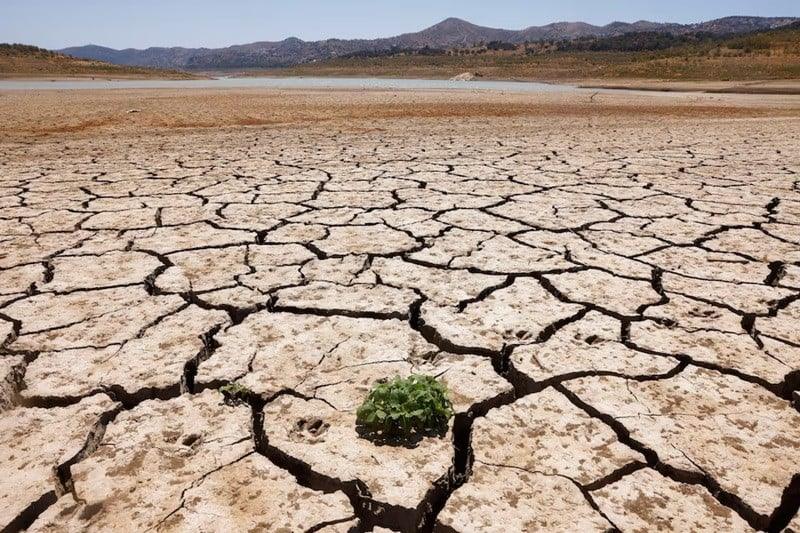LAHORE:
A winter drought is ravaging crops in Punjab, farmers have said, and the region is exhausted by a 40 percent drop in rainfall.
Pakistan, home of more than 240 million people, is among the most vulnerable countries for the effects of climate change, which according to scientists is making extreme meteorological phenomena more common and more serious.
The Pakistan weather department (PMD) says that the agricultural heart of the Eastern Province of Punjab experienced 42 percent less rain than normal between the beginning of September and mid -January.
“The lack of rains has had a great financial impact on farmers, whether they are large or small,” the president of the Punjab, Malik Asghar fruits exporters association, told AFP.
“The potato is a basic food in my area. The average is very low this year. We could normally obtain between 100 and 120 sacks per acre. This winter we have only obtained about 60 bags per acre.” The agricultural sector provides almost a quarter of Pakistan’s GDP and uses 37 percent of the National Work Force, according to the United Nations Organization for Agriculture and Food.
But Asghar said that many small farmers “were already giving up” and looking for employment elsewhere.
“This dry time streak will have a very adverse reaction about them,” he said.
Sindh, the most urbanized province of Pakistan located in the south, recorded rainfall 52 percent below normal levels according to the PMD, while Baluchistan in the west experienced a 45 percent drop.
A “slight drought” prevailed in most of Punjab, all Sindh and about half of Baluchistan in January, according to the PMD, which predicts a rapid appearance of “sudden droughts” in the warmest months to come.
The wheat producer Ishfaq Ahmad Jatt said that his harvest in the area of fine, in the center of Punjab, has been “severely affected” by the shortage of rainfall.
“Five years ago, winter rains lasted a week. They were light rains, but enough for us,” says this 45 -year -old man. “If it does not rain soon, it can be expected that production falls up to 50 percent.” Pakistan generally depends on the water of the Indo River, which divides the country from north to south, where it flows into the Arabic sea.




